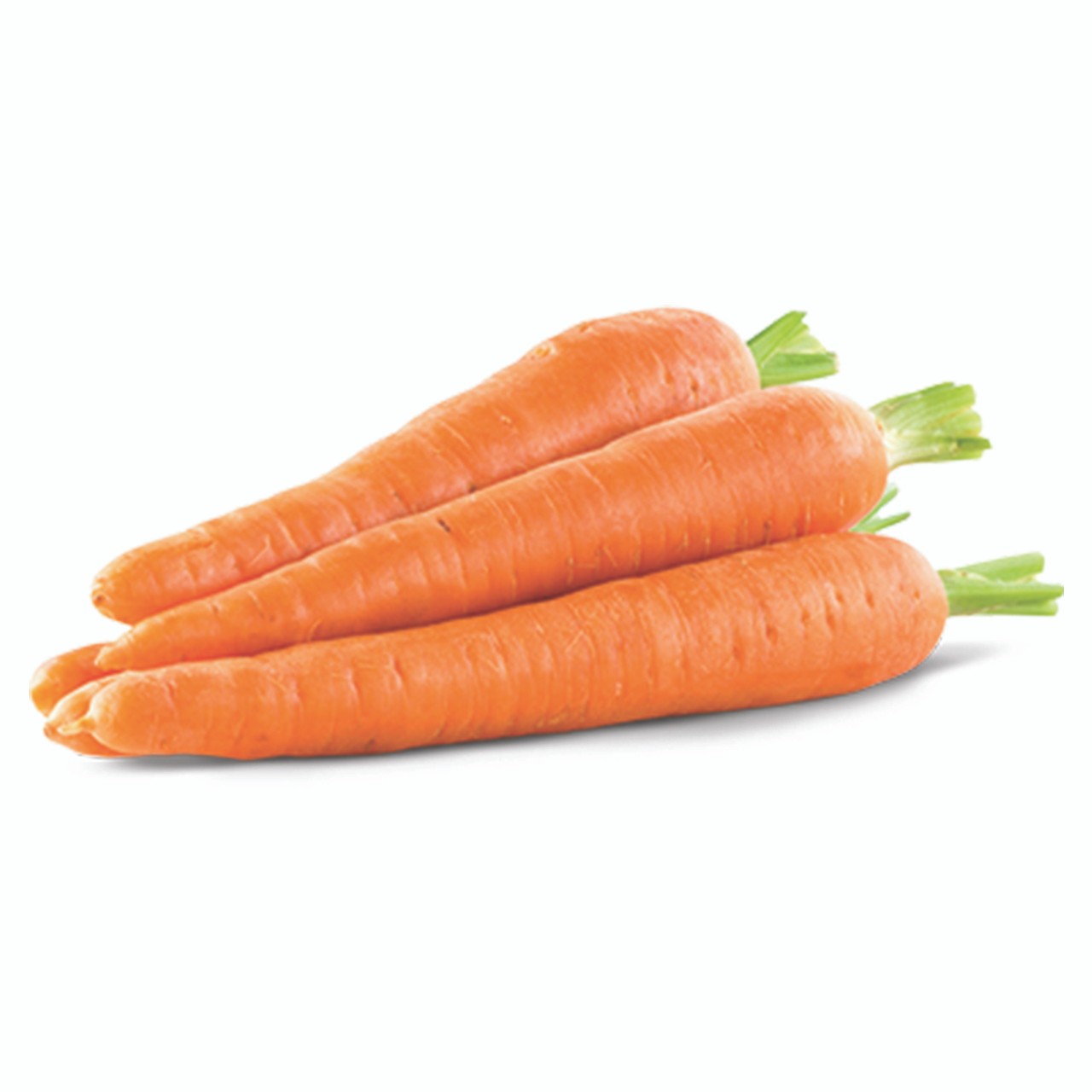
Description
Daucus carota is a biennial plant. In the first year, its rosette of leaves produces large amounts of sugars, which are stored in the taproot to provide energy for the plant to flower in the second year.
Soon after germination, carrot seedlings show a distinct demarcation between taproot and stem: the stem is thicker and lacks lateral roots. At the upper end of the stem is the seed leaf. The first true leaf appears about 10-15 days after germination. Subsequent leaves are alternate (with a single leaf attached to a node), spirally arranged, and pinnately compound, with leaf bases sheathing the stem. As the plant grows, the bases of the seed leaves, near the taproot, are pushed apart. The stem, located just above the ground, is compressed and the internodes are not distinct. When the seed stalk elongates for flowering, the tip of the stem narrows and becomes pointed, and the stem extends upward to become a highly branched inflorescence up to 60-200 cm (20-80 in) tall.
History
When they were first cultivated, carrots were grown for their aromatic leaves and seeds rather than their roots. Carrot seeds have been found in Switzerland and Southern Germany dating back to 2000-3000 BC. Some close relatives of the carrot are still grown for their leaves and seeds, such as parsley, coriander (cilantro), fennel, anise, dill and cumin. The first mention of the root in classical sources is from the 1st century AD; the Romans ate a root vegetable called pastinaca, which may have been either the carrot or the closely related parsnip.
Storage
Carrots can be stored for several months in the refrigerator or over winter in a dry but humid,[clarification needed], cool place. For long term storage, unwashed carrots can be placed in a bucket between dry layers of sand, a 50/50 mix of sand and wood shavings, or in soil. A temperature range of 0 to 4 °C (32 to 40 °F) and 90-95% humidity is best. During storage, carrots may be subject to the development of bitterness, white blush, and browning, leading to carrot losses. Bitterness can be prevented by storage in well-ventilated rooms with low ethylene content (for example, without ethylene-producing fruit and vegetables). White blush and browning can be countered with application of edible films, heat treatment, application of hydrogen sulfide, and ultraviolet irradiation.
Species
There are alot of different types of carrots, eg.
- deep purple hybrid,
- imperator 58,
- kaleidoscope,
- little fingers,
- lunar white.